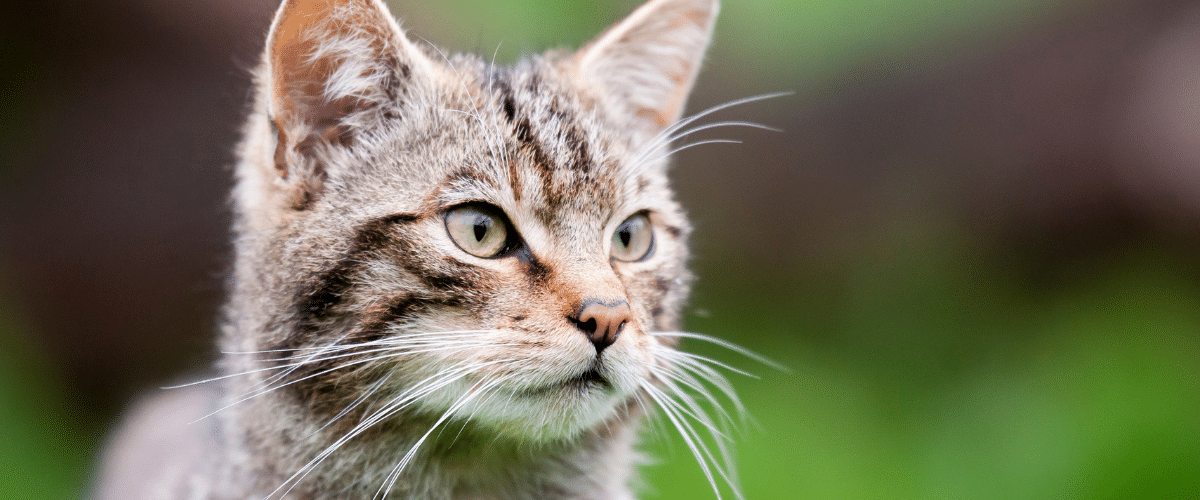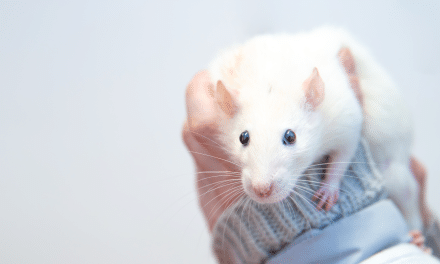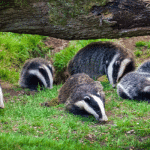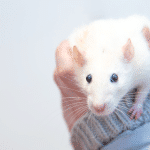By Sophie Mills, Trainee Solicitor
The Scottish wildcat (Felis silvestris) is one of the few native predators left in Scotland. With only 35 recorded in northern Scotland in recent years, they are at risk of genetic extinction. Three main factors have contributed to this: (1) hunting for sport; (2) loss and fragmentation of their habitat; and (3) hybridisation and associated disease.
In 1988, the Scottish wildcat gained legal protection under schedule 5 of the Wildlife and Countryside Act 1981, making it illegal to deliberately or recklessly capture, kill, or injure a wildcat and to damage or destroy breeding sites or resting places of a wildcat. It is against this background that recent steps taken by Wildcat Haven, a grassroots community interest company, are considered.
Bern Convention Complaint
Experts have suggested that the population of Scottish wildcats is no longer viable, with numbers so low, and that breeding in captivity is the only viable option to significantly grow their population. Wildcat Haven disagreed, and the organisation instead established a campaign to protect and conserve the remaining wildcat population in their current habitat. The group recommended a comprehensive national survey to identify wildcat presence, followed by strict protections to prevent logging and disturbance, in addition to an intensive neutering programme for hybrid and feral cats in the area.
Wildcat Haven stated that 13 of the remaining 35 wildcats live in Clashindarroch Forest. However, this area is a commercial woodland, and the forest is subject to logging operations. National Geographic reported that 90 hectares of timber – 1.3% of the forest – is cut annually. Forestry and Land Scotland’s new land management plan for Clashindarroch proposes felling 5.2% of the trees over the next five years, and thinning across 29% of the forest area.
As a result of the continued commercial operations at Clashindarroch Forest and the apparent failure to make any specific protections for the wildcats, Wildcat Haven submitted a complaint (dated 9 April 2020) under the Bern Convention against the UK, as a Contracting Party to the Convention, regarding the alleged failures of the devolved government in Scotland.
The Bern Convention is a binding international legal instrument in the field of nature conservation, covering the natural heritage in Europe. The Convention aims “to ensure conservation of wild flora and fauna species and their habitats [and gives] special attention to endangered and vulnerable species….” Appendix II of this Convention specifically mentions the protection of Felis silvestris.
Wildcat Haven’s complaint included the following alleged failures of the Scottish Government:
- Failing to complete a comprehensive national survey which adequately assessed the remaining population size and distribution of the species and failing to produce a cohesive national action plan to protect the remaining populations in the wild;
- Failing to apply and uphold environmental laws designed to protect this strictly protected species from disturbance; specifically, as a result of commercial logging ongoing at the Clashindarroch forest; and
- Failure to enforce and uphold the Convention in respect of a planned windfarm development by Vattenfall Wind Power Limited which would disturb the wildcat’s resting place.
UK Government Response
In the response by DEFRA on behalf of the Scottish Government (dated 31 July 2020) to Wildcat Haven’s complaint, all alleged failures were rebutted on the basis that “whilst recommendations can be helpful tools, which the UK values and implements where it is appropriate to do so, none of these recommendations are legally binding on Parties to the Convention”. Further, several key areas of the complaint strayed beyond the UK’s obligations under the Convention, e.g. non-compliance with obligations under EU law which is not within the remit of the complaints process under the Convention.
The UK Government response recognised that wildcats are one of Scotland’s most endangered animals and their conservation and protection is of the “highest priority”. To this end, a Scottish Wildcat Conservation Action Plan (SWCAP) was produced in 2013. A SWCAP Steering Group, representing a range of organisations, specialisms, and interests, was established to take this work forward and implemented the multi-partner Scottish Wildcat Action (SWA) project (which ran from 2015-2020). The SWA concluded that there is not currently a viable wildcat population in Scotland – the number of cats is too small, hybridisation too far advanced, and the population is too fragmented. The IUCN SSC Cat Specialist Group (CSG) has also been instructed by the Scottish Government to carry out an independent review of SWA’s work and other wildcat conservation activities in Scotland.
The independent review from the CSG, along with the conclusions of the SWA, informed the design of a new EU LIFE-funded project, ‘Saving Wildcats’. This work runs from 2019-2025 and involves (1) the further development of the conservation breeding programme in collaboration with breeders across the rest of the UK and Europe; (2) the construction of purpose-built breeding facilities at the Royal Zoological Society of Scotland’s (RZSS) Highland Wildlife Park, liaising with other European specialists who will be providing animals for the project; and (3) the production of a new, updated wildcat action plan.
Bern Convention Decision
Wildcat Haven’s complaint was considered at the meeting of the Bureau of the Standing Committee of the Bern Convention on September 15-16, 2020. In their brief decision, the Bureau stated that a breach of the Convention had not occurred and the complaint was dismissed. Their expert analysis reached the conclusion that the species could no longer be conserved in the wild. The actions of the Scottish Government to repopulate the wildcats in captivity and reintroduce in the wild appeared to be the only realistic solution.
The Bureau supported the government’s strategy, but urged the authorities to cooperate together with Wildcat Haven and the IUCN SSC Cat Specialist Group in order to share expertise and elaborate joint action plans.
Sources
https://rm.coe.int/files35e-2020-uk-scottish-wildcat-complaint-form/16809e7b7c
https://www.coe.int/en/web/conventions/full-list/-/conventions/treaty/104
https://rm.coe.int/other-complaint-lack-of-protection-of-the-scottish-wildcat-felis-silve/16809f69e1
https://rm.coe.int/meeting-report-2nd-bureau-15-16-september-2020/16809fbcf3 (at page 20)
https://www.wildcathaven.com/news/protected-site-update
https://www.rzss.org.uk/conservation/our-projects/project-search/zoo-based/scottish-wildcats/
https://www.wildcathaven.com/news/protected-site-update


















